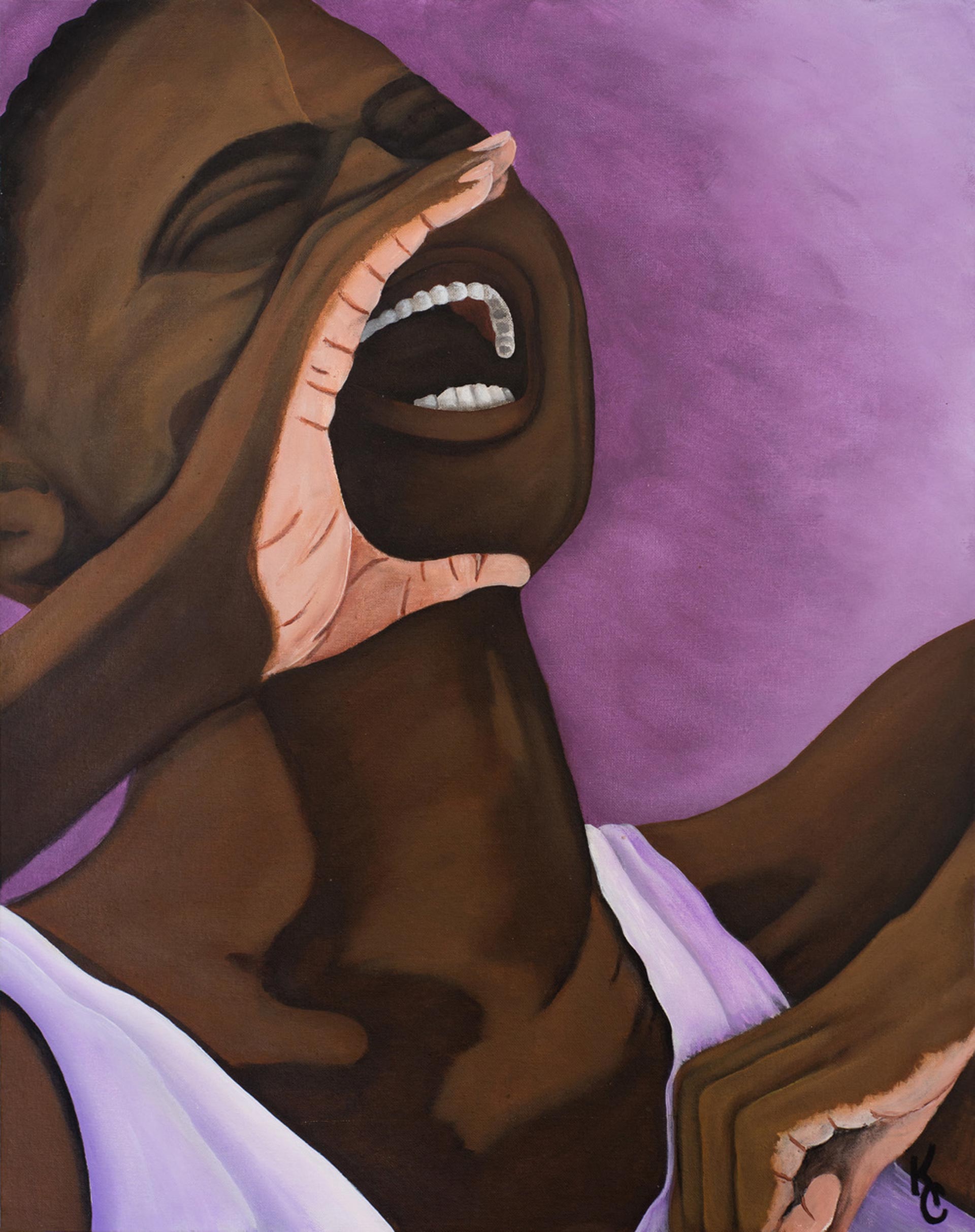Right now, 746 inmates await execution in California. We don’t often hear from those inmates, let alone see artwork they make in prison. But organizers of a Los Angeles exhibition of art made by death row inmates from across the country say they hope to reveal the humanity of those people whose lives hang in the balance.
On July 16, 2014, U.S. District Judge Cormac J. Carney ruled that California's death penalty violates the U.S. Constitution’s ban on cruel and unusual punishment because it is arbitrary and plagued with delays. But that decision was overturned on Nov. 12, 2015, on technical grounds, which means executions could potentially move forward. The last execution in the state was in 2006.
Kevin Cooper has been on death row in San Quentin State Prison for 30 years. He’s on a short list of at least 17 death row inmates who have exhausted their appeals and would be the first to be put to death if executions resume in California. He spends much of his day in his cell.
“I live in a cage that is 4½ feet wide by 11 feet long,” Cooper says. “And everything that I do within this cage I do mostly to stay sane. But I have a TV, a typewriter, my art supplies and my books.”

There’s a tray slot in the door where guards pass him his meals or a cellphone. In 1985, Cooper was convicted of murdering four people in the Chino Hills area of Southern California. His case is controversial. People have marched to have him executed, while others have protested to demand his release. He has always maintained his innocence.


